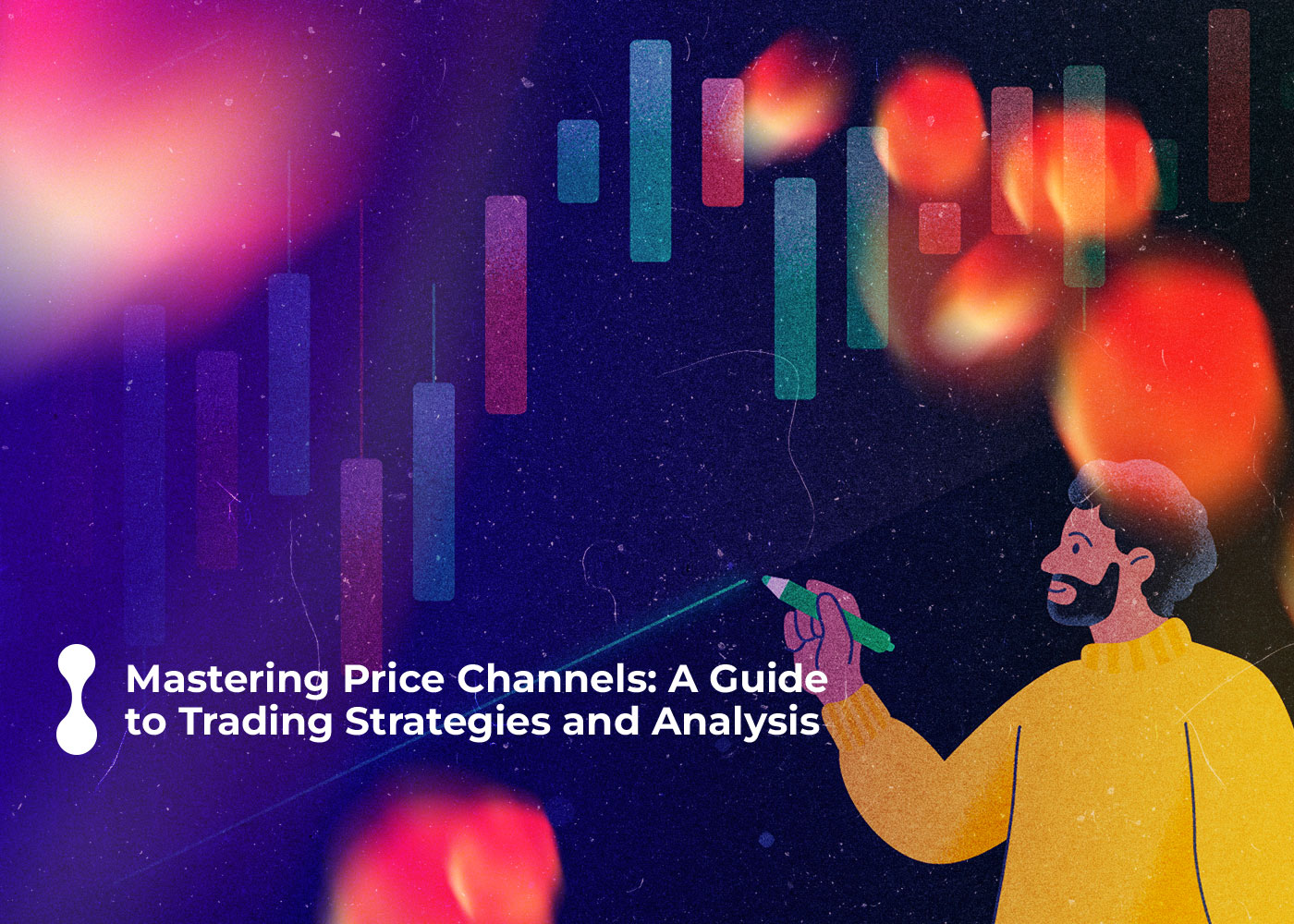The Price Channel indicator is a highly valuable tool for technical analysis especially in the cryptocurrency market . It consists of three lines that track the highest highs and lowest lows of a crypto asset . Unlike other channel based indicators the Price Channel focuses only on price without including volume or range . Traders often use it to identify trends and find out whether the market is bullish or bearish . This article will delve into how Price Channel works and the examples of Price Channel trading strategies .
How Price Channels Work and their Types
The Price Channel indicator relies on a 20-period average to create three lines . The upper line represents the highest high over the past 20 days while the lower line represents the lowest low . The middle line is the average of these two ends . Traders can use the upper and lower lines as reference points for setting stop-loss and take-profit orders and expect price fluctuations within this range .
Price Channels exclude the latest period which makes them lagging indicators . For example data from the most recent day is not considered to ensure that the channels form accurately based on historical data from the past 20 days .
There are three main types of price channels: ascending, descending and horizontal . Ascending channels indicate an uptrend with higher lows and higher highs . Conversely descending channels suggest a downtrend with lower highs and lower lows . Horizontal channels reflect a range-bound market where prices fluctuate between two parallel levels .

Price Channel Trading Strategy
The Price Channel Trading Strategy revolves around identifying and trading within the upper and lower limits of a stock’s price range . By purchasing near the bottom of the channel and selling near the top traders aim to profit from the stock’s tendency to remain within a certain range over time .
In order to effectively employ this strategy it is fundamental to determine the type of price channel present in the market whether it is ascending, descending or horizontal . Understanding the channel’s direction will guide traders in making informed trading decisions .
Implementing the Channel Trading Strategy
When the market is trending downward traders can initiate short positions when the price retraces to a resistance level and exhibits bearish reversal candlestick patterns or shows descending RSI readings from the overbought region . In a range-bound market traders can go long at the support level when a bullish reversal signal appears or initiate short positions at the resistance level when bearish reversal signals emerge .
There are various types of channels that are used in trading strategies like trendline-based channels, standard deviation-based channels, Bollinger Bands, Donchian channels and Kelter’s channels . It is crucial to backtest any chosen strategy before committing real capital to ensure its profitability and suitability for individual trading styles .
Always start with a small amount when implementing a new strategy and gradually increase your position . This approach helps protect capital and minimizes risks associated with unproven trading methods . By mastering price channels and employing well-tested strategies traders can gain a deeper understanding of market dynamics, improve their decision-making process and increase their chances of successful trades .
